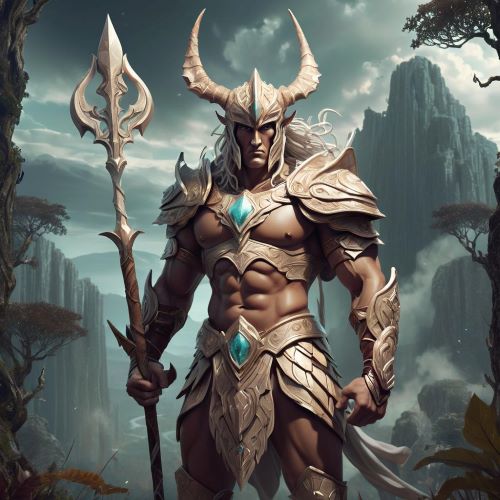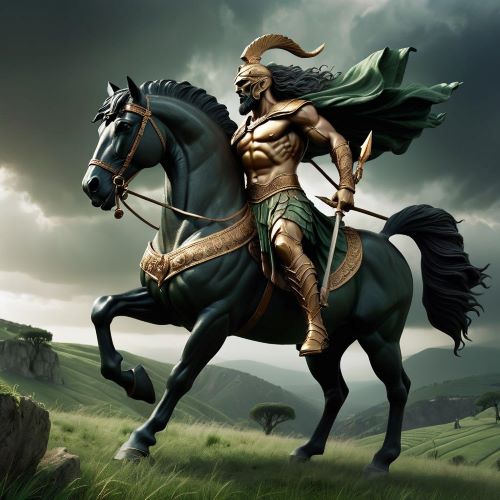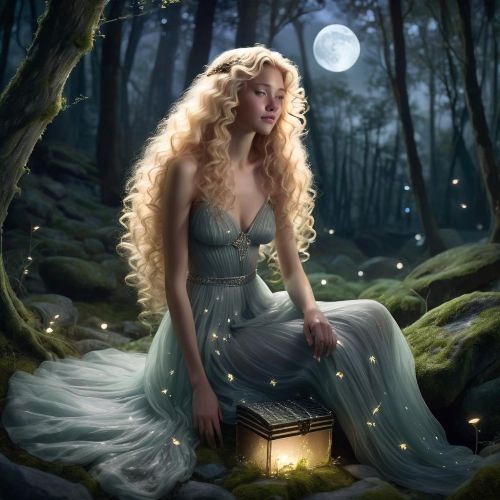Illyrian, Asturian and Basque Mythology
Illyrian mythology, Asturian mythology, and Basque mythology represent three distinct yet interconnected strands of Europe’s ancient spiritual heritage. These traditions, rooted in different regions but bound by their ties to nature and community, offer a glimpse into how pre-Christian societies explained the world around them. Illyrian mythology flourished in the western Balkans, Asturian mythology emerged in the lush landscapes of northern Spain, and Basque mythology developed in the Pyrenean valleys. Each one highlights a deep respect for natural forces, ancestral spirits, and deities who governed life, death, and fertility, ensuring their place as vital parts of Europe’s mythological tapestry.
Illyrian mythology is often reconstructed through archaeology, Roman records, and folk traditions. The Illyrians worshiped a pantheon of gods such as Medaurus, a warrior deity, and Bindus, a water god tied to rivers and healing. Their myths reflected a strong warrior culture as well as reverence for nature and celestial forces. Asturian mythology, shaped by Celtic influences, abounds in supernatural beings tied to forests, mountains, and rivers. Figures like the xana, a water nymph, and the cuélebre, a winged serpent, symbolize both the beauty and danger of the natural world. These beings reflect the Asturians’ deep connection to their rugged environment and their reliance on myth to explain mysterious phenomena.
Basque mythology is unique in Europe for its pre-Indo-European origins, preserving beliefs far older than many neighboring traditions. Central to this mythology is Mari, the powerful earth goddess who embodies nature’s cycles and is often depicted emerging from caves or storms. Other beings, such as Basajaun, the lord of the forest, and Sugaar, the serpent consort of Mari, emphasize the Basques’ close ties to both fertility and the forces of the wild. The survival of Basque mythology, despite Roman, Christian, and modern influences, highlights its strength and the resilience of cultural memory. When placed alongside Illyrian and Asturian mythology, it underscores the diversity of Europe’s mythological heritage while showing common threads of reverence for earth, water, and ancestral power.
Today, Illyrian, Asturian, and Basque mythology attract interest from historians, folklorists, and cultural enthusiasts eager to rediscover Europe’s forgotten traditions. They influence festivals, literature, and regional identities, from Basque cultural revival movements to Asturian storytelling and efforts to trace Illyrian heritage in the Balkans. These mythologies not only provide insight into the spiritual lives of ancient peoples but also demonstrate the enduring role of myth in shaping community and cultural pride. Exploring Illyrian mythology, Asturian mythology, and Basque mythology together reveals a shared European legacy that continues to inspire both scholarship and imagination in the modern world.






